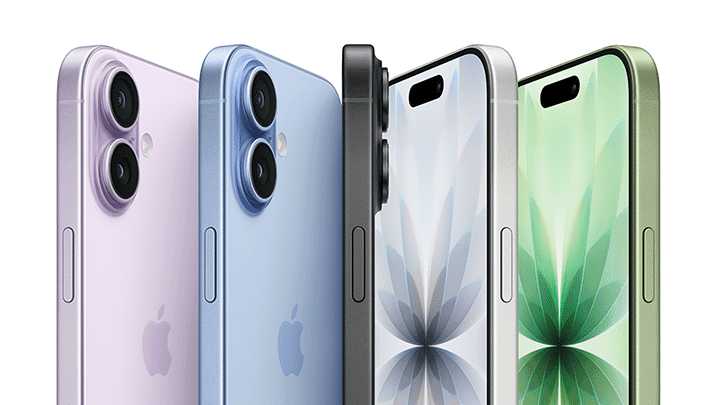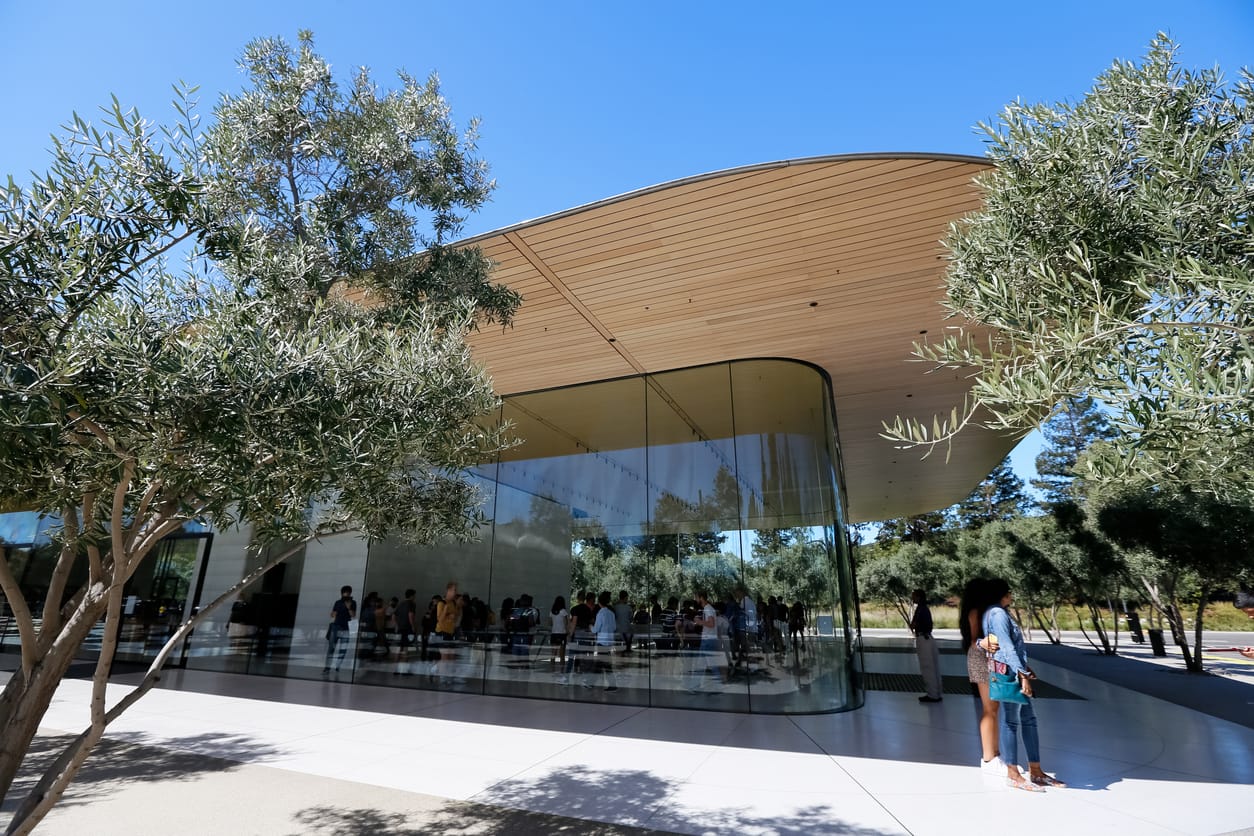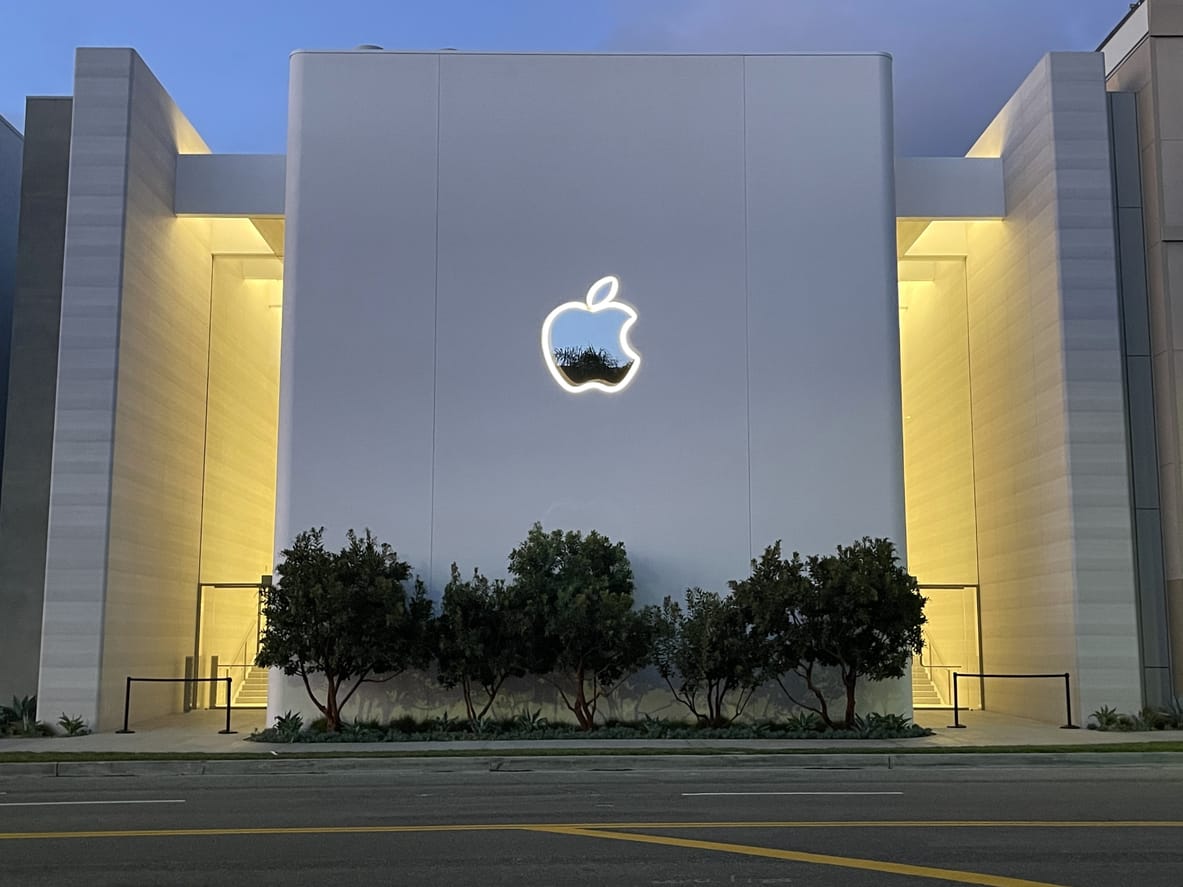
It’s that time of the year again and the latest Apple event was, as expected, heavy on hardware but also emphasised software, health features, and durability. Apple unveiled four new models: iPhone 17, iPhone 17 Pro, iPhone 17 Pro Max, and a new variant called iPhone Air (which replaces the old “Plus” as the larger non‑Pro model). The iPhone 17 Air, a brand-new model that replaces the former “Plus” variant. At just 5.6 millimeters thick, the iPhone 17 Air is the thinnest iPhone Apple has ever produced—built with a space-grade titanium frame that not only gives it a sleek, modern aesthetic but also enhances its durability. This design choice highlights Apple’s renewed focus on premium, lightweight devices that prioritise portability without sacrificing performance.
All models share several meaningful upgrades, most notably across displays and chip performance. For the first time, Apple has brought its ProMotion 120Hz display technology to the entire range, including the base iPhone 17. This means smoother animations, better scrolling, and improved responsiveness are now standard across all variants. Display brightness has also received a boost, with peak brightness reaching up to 3,000 nits for optimal outdoor visibility.
Under the hood, the iPhone 17 series features Apple’s new A19 chip, while the Pro and Pro Max models are powered by the A19 Pro, offering faster performance, improved power efficiency, and better graphics rendering. These chips are paired with a new “N1” connectivity module that supports Wi-Fi 7 and Bluetooth 6, ensuring the devices are well-equipped for future network demands. Apple has also placed a stronger emphasis on thermal efficiency, which is expected to benefit users who engage in gaming, video editing, or extended video capture.
The camera systems have seen notable enhancements. The base iPhone 17 now features a 48MP main sensor, while the Pro models receive even more powerful upgrades, including a redesigned horizontal camera layout and improved telephoto capabilities. Apple claims these upgrades deliver better low-light performance, faster autofocus, and more detailed photo and video capture across all lighting conditions. The front-facing camera, now reportedly 18MP, includes features like Center Stage to enhance video calls and selfies.

Software-wise, all new iPhones ship with iOS 26, which introduces a visual overhaul known as the “Liquid Glass” design. Beyond aesthetics, the new OS includes enhanced Siri capabilities, on-device live translation, and advanced security features such as Memory Integrity Enforcement, designed to prevent zero-day attacks and improve overall privacy.
Battery life has been optimised across the range, though the ultra-slim form factor of the iPhone 17 Air means it houses a smaller internal battery than its counterparts. To address this, Apple has introduced a new MagSafe external battery pack, which attaches magnetically and restores full-day power to the Air model. It’s a clear trade-off between form and function, but one Apple hopes consumers will embrace for the sake of style and weight reduction.
iPhone 17 vs iPhone 16 — What’s Better, What’s Similar
When you compare the iPhone 17 with the iPhone 16, the upgrades are meaningful but not impactful everywhere. Whether they’re worth it depends on what you care about most.
Display and Visual Experience
The iPhone 17 brings ProMotion 120Hz refresh rate to more models (including base variants), whereas iPhone 16 non‑Pro models are still stuck at 60Hz. Also, iPhone 17 displays are brighter (peak brightness reaches around 3,000 nits), which helps outdoor visibility. There are thinner bezels, slightly larger screen size (standard rising from ~6.1″ to ~6.3″), which makes for a more immersive feel.
Chip / Performance Upgrades
The iPhone 17 has the newer A19 chip (and A19 Pro in the higher models), which brings better efficiency, improved performance, and better wireless / connectivity hardware (new “N1” chip for Wi-Fi 7, etc.). These improvements mean smoother multitasking, likely better battery usage for demanding tasks (gaming, video editing, etc.).
Camera & Front‑Facing Improvements
The selfie / front camera is significantly upgraded (higher resolution, better quality sensors) in the iPhone 17. Rear cameras see enhancements as well—not always dramatic leaps if you already have a Pro model, but better low light, refined sensors, etc.
Apple’s September 2025 event was less about radical innovations and more about refinement with a thinner design and stronger materials. Furthermore, the Apple event demonstrated more features into wearables, better health tracking, and woven‐in “smarts” (translation, AI, etc.). The iPhone Air is likely to attract attention as a niche premium product for those who want top hardware in a form factor that’s lighter/slimmer. Pro users will still be drawn to the higher‑end models for camera work and maximum performance.
iPhone 17 launches with iOS 26, which brings visual changes, improved live‑translation or AI features, and better integration of newer Apple Intelligence features. Many of these features are coming to iPhone 16 as updates, but performance and hardware constraints mean iPhone 17 can do more / do them more smoothly.

Would You Like a Free, Impartial Review of Your Company Mobiles?
Make sure your team is equipped with the right devices, without overspending or falling behind on technology. We offer a free, no-obligation review of your current mobile setup to help you:
- Identify cost-saving opportunities
- Ensure devices meet your team’s performance and security needs
- Compare upgrade options (like the iPhone 17 or other models)
- Get tailored advice based on your industry and usage
Let us help you future-proof your mobile strategy.
Contact us today for your free review


